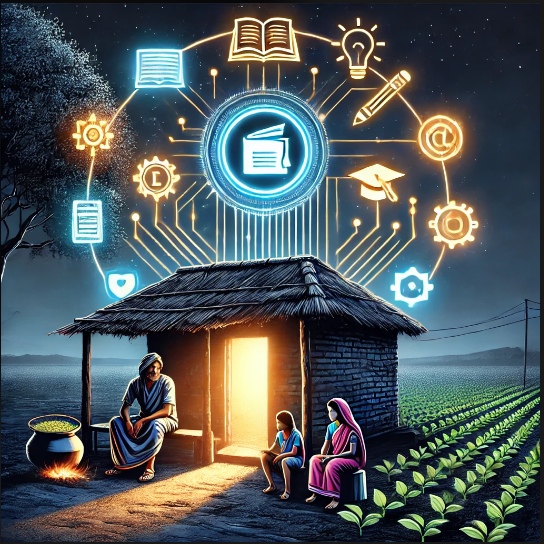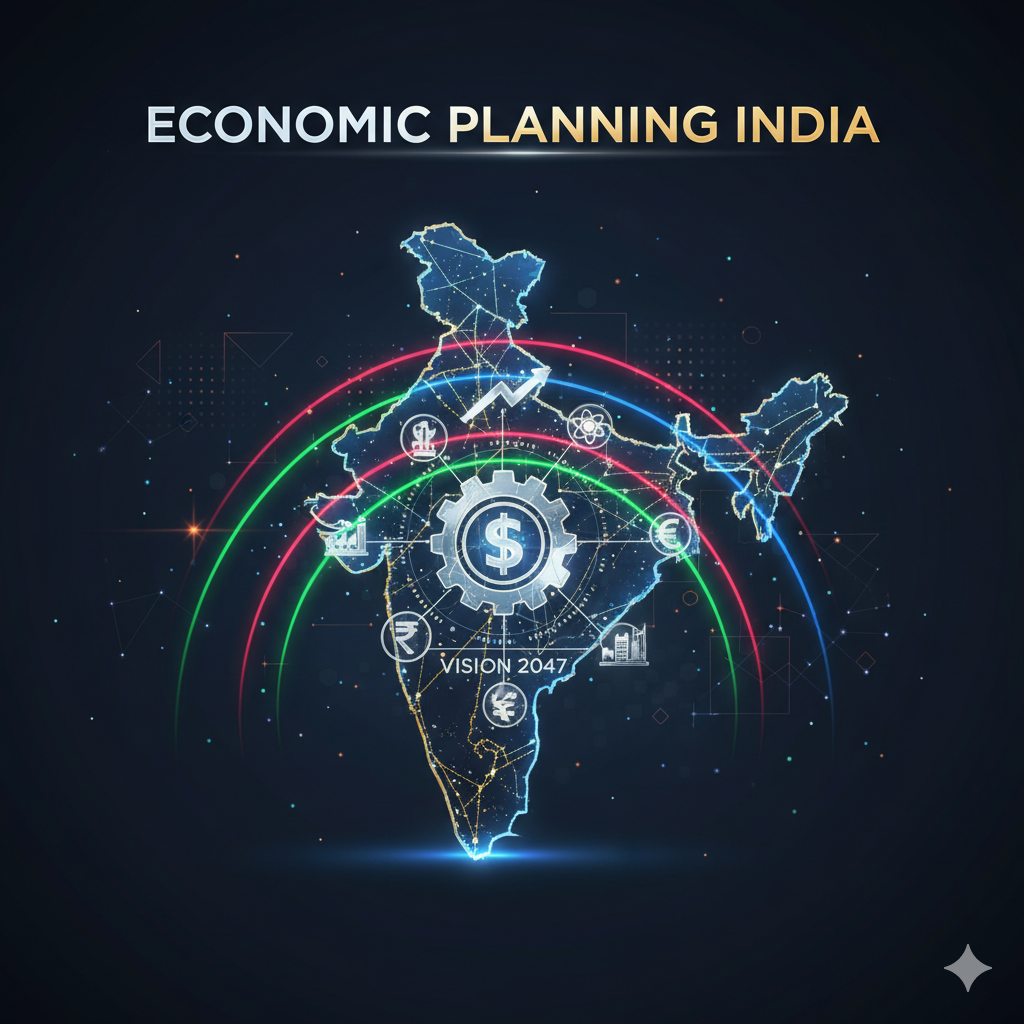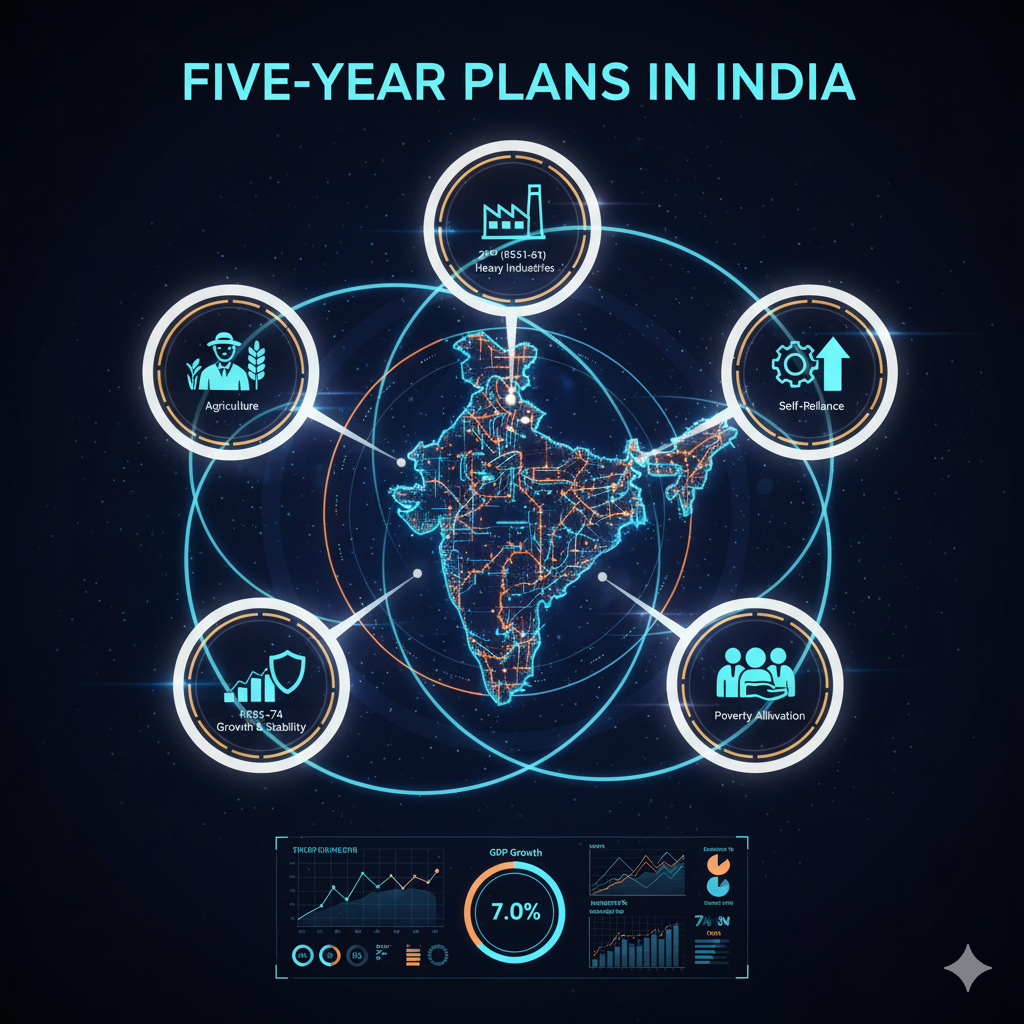Poverty is one of the most pressing socio-economic challenges in India, especially in rural areas where a large segment of the population struggles with inadequate income, lack of access to basic services, and limited employment opportunities. Understanding how poverty is measured and the various initiatives taken to combat rural poverty is crucial for addressing this issue effectively.
1. Understanding Poverty in India
1.1. Definition of Poverty
Poverty refers to a condition where individuals or families lack the financial resources to afford basic necessities such as food, shelter, healthcare, and education. In India, poverty is assessed using various economic and non-economic indicators.
1.2. Methods of Measuring Poverty in India
Poverty measurement in India has evolved over time, with different committees and methodologies attempting to define and quantify it. The key methods include:
1.2.1. Poverty Line Method
The poverty line is an income or consumption benchmark below which an individual is considered poor. In India, it is based on:
- Consumption Expenditure Approach: Poverty is measured by analyzing household consumption levels.
- Calorie Intake Criteria: The Planning Commission’s early poverty lines were based on the minimum caloric intake required for survival.
The key committees that have played a role in defining the poverty line include:
a) The Tendulkar Committee (2009)
- Shifted from calorie-based measurement to a broader consumption-based approach, including education, health, and basic living expenses.
- Recommended a uniform poverty line for both rural and urban areas.
b) The Rangarajan Committee (2014)
- Suggested a higher poverty line than the Tendulkar Committee.
- Considered food, clothing, education, health, transport, and house rent in measuring poverty.
1.2.2. Multidimensional Poverty Index (MPI)
- Developed by the United Nations Development Programme (UNDP) and Oxford Poverty and Human Development Initiative (OPHI), MPI considers factors beyond income, including:
- Health (nutrition, child mortality)
- Education (years of schooling, school attendance)
- Standard of living (electricity, drinking water, sanitation, housing, assets)
- Health (nutrition, child mortality)
- The NITI Aayog releases India’s MPI, providing a more comprehensive picture of poverty.
1.2.3. Socio-Economic and Caste Census (SECC) 2011
- Used to identify poverty at a granular level by assessing deprivation indicators such as:
- Households without proper shelter
- Landlessness
- Educational deprivation
- Lack of access to sanitation, drinking water, and electricity
- Households without proper shelter
1.2.4. World Bank’s International Poverty Line
- The World Bank defines extreme poverty as living below $2.15 per day (PPP – Purchasing Power Parity).
- India’s national poverty line is lower than the World Bank’s standard.
1.3. Trends in Poverty in India
- India has made significant progress in poverty reduction, with millions lifted out of poverty due to economic growth and targeted policies.
- However, rural poverty remains a challenge due to factors such as unemployment, illiteracy, lack of healthcare, and climate-related distress in agriculture.
2. Major Causes of Rural Poverty in India
2.1. Dependence on Agriculture
- A large section of the rural population depends on agriculture, which is prone to risks such as erratic monsoons, low productivity, and price fluctuations.
2.2. Landlessness and Unequal Land Distribution
- Many small and marginal farmers have limited landholding, while landowners benefit from higher agricultural income.
2.3. Unemployment and Underemployment
- Seasonal employment in agriculture results in irregular incomes.
- Limited industrialization in rural areas leads to fewer job opportunities.
2.4. Lack of Education and Skills
- Low literacy rates and lack of vocational skills prevent rural workers from accessing higher-paying jobs.
2.5. Poor Healthcare and Malnutrition
- Inadequate healthcare services contribute to high mortality rates and productivity loss.
- Malnutrition affects children’s cognitive and physical development.
2.6. Caste and Gender Disparities
- Social inequalities limit economic opportunities for marginalized communities and women in rural areas.
2.7. Climate Change and Natural Disasters
- Droughts, floods, and unpredictable weather conditions impact agriculture and exacerbate poverty.
3. Steps Taken to Overcome Rural Poverty in India
The Indian government has implemented numerous programs and policies to combat rural poverty. These initiatives address issues related to employment, food security, education, health, and rural infrastructure.
3.1. Employment Generation Programs
3.1.1. Mahatma Gandhi National Rural Employment Guarantee Act (MGNREGA)
- Guarantees 100 days of wage employment to rural households.
- Focuses on rural asset creation such as roads, water conservation structures, and irrigation facilities.
3.1.2. Deen Dayal Upadhyaya Grameen Kaushalya Yojana (DDU-GKY)
- Provides skill training to rural youth to enhance employability.
- Focuses on industries such as textiles, retail, and construction.
3.1.3. Rural Self-Employment Schemes
- Prime Minister’s Employment Generation Programme (PMEGP): Supports micro-enterprises in rural areas.
- Startup Village Entrepreneurship Programme (SVEP): Encourages entrepreneurship in villages.
3.2. Agricultural and Rural Development Initiatives
3.2.1. Pradhan Mantri Kisan Samman Nidhi (PM-KISAN)
- Provides direct income support of ₹6,000 per year to small and marginal farmers.
3.2.2. Rashtriya Krishi Vikas Yojana (RKVY)
- Promotes modern farming techniques, irrigation, and mechanization.
3.2.3. E-NAM (Electronic National Agriculture Market)
- Connects farmers with buyers across India to ensure better prices for agricultural produce.
3.3. Food Security and Nutrition Programs
3.3.1. Public Distribution System (PDS)
- Provides subsidized food grains to economically weaker sections.
3.3.2. Mid-Day Meal Scheme
- Offers free meals to school children to address malnutrition and boost school attendance.
3.3.3. Poshan Abhiyaan
- Focuses on reducing malnutrition, stunting, and anemia among children and women.
3.4. Education and Skill Development
3.4.1. Samagra Shiksha Abhiyan
- Aims to provide quality education in rural schools.
3.4.2. National Skill Development Mission
- Enhances vocational training opportunities for rural youth.
3.5. Rural Health and Sanitation Initiatives
3.5.1. Ayushman Bharat – Pradhan Mantri Jan Arogya Yojana (PM-JAY)
- Provides free healthcare coverage up to ₹5 lakh per family for poor households.
3.5.2. Swachh Bharat Mission (SBM)
- Focuses on rural sanitation by promoting toilet construction and waste management.
3.6. Women Empowerment and Financial Inclusion
3.6.1. Self-Help Groups (SHGs) and Rural Livelihood Missions
- National Rural Livelihood Mission (NRLM): Provides microfinance and skill training to rural women.
3.6.2. Pradhan Mantri Jan Dhan Yojana (PMJDY)
- Promotes financial inclusion by providing bank accounts to rural households.
3.7. Rural Infrastructure Development
3.7.1. Pradhan Mantri Gram Sadak Yojana (PMGSY)
- Enhances road connectivity to rural areas.
3.7.2. Saubhagya Scheme
- Aims to provide electricity to all rural households.
4. Conclusion
Measuring poverty accurately is crucial for effective policymaking. While India has made progress in reducing poverty, challenges persist, particularly in rural areas. The government’s multi-pronged approach, including employment schemes, agricultural reforms, food security measures, and infrastructure development, has played a crucial role in alleviating poverty. However, continuous efforts in sustainable rural development, education, and women’s empowerment are needed to achieve long-term poverty eradication.




